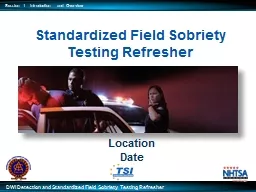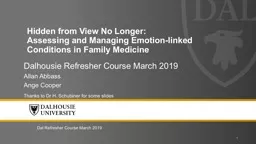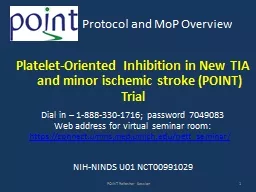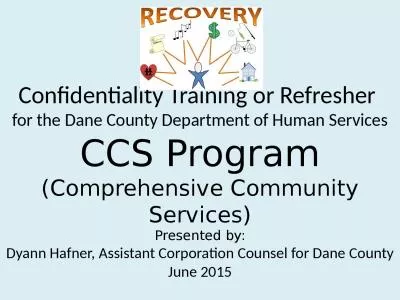PPT-A sbestos Refresher Training
Author : alone2cute | Published Date : 2020-06-23
26 Mar 15 A naturally occurring fibrous mineral References Asbestos Hazard Emergency Response Act AHERA AHERA Accredited Inspector Training Manuel For Asbestos Control
Presentation Embed Code
Download Presentation
Download Presentation The PPT/PDF document "A sbestos Refresher Training" is the property of its rightful owner. Permission is granted to download and print the materials on this website for personal, non-commercial use only, and to display it on your personal computer provided you do not modify the materials and that you retain all copyright notices contained in the materials. By downloading content from our website, you accept the terms of this agreement.
A sbestos Refresher Training: Transcript
Download Rules Of Document
"A sbestos Refresher Training"The content belongs to its owner. You may download and print it for personal use, without modification, and keep all copyright notices. By downloading, you agree to these terms.
Related Documents

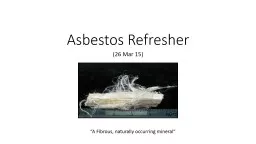



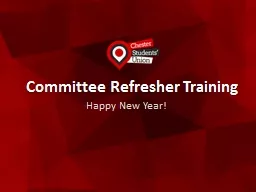

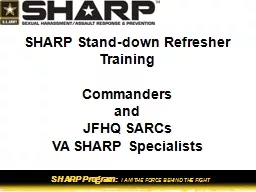
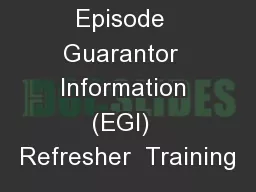
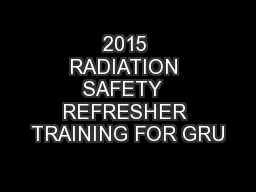
![Train the Trainer A refresher overview for SSD instructors [and others]](https://thumbs.docslides.com/714846/train-the-trainer-a-refresher-overview-for-ssd-instructors-and-others.jpg)
